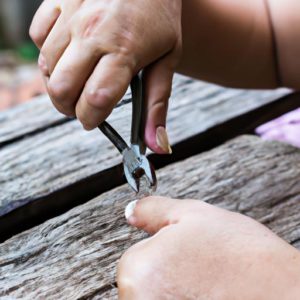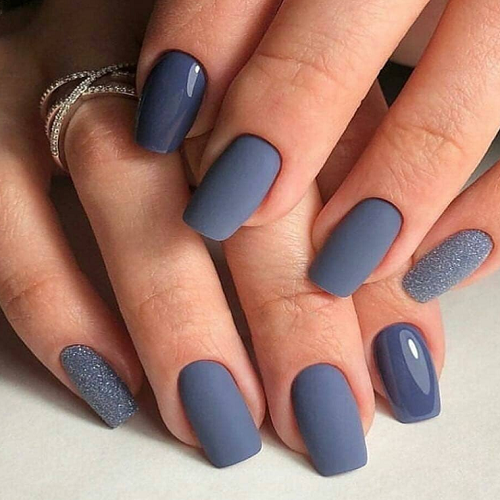Table of Contents
Picture this: you hang a beautiful picture or a new shelf on your wall, only to be left with unsightly nail holes staring back at you. Frustrating, right? Well, fear not! Spackling nail holes is a simple process that can make your walls look flawless again. In this ultimate guide, we’ll take you through the steps to successfully spackle nail holes, so you can restore your walls to their former glory.
Required Materials
Before you jump into spackling, you’ll need to gather a few materials. Here’s what you should have on hand:
- Spackle: This putty-like material is perfect for filling holes in your walls. You can find it at your local hardware store.
- Putty knife: A trusty flat, metal tool that will help you apply the spackle to the wall.
- Sandpaper: Essential for smoothing out the spackled area once it’s dry.
- Clean cloth: You’ll need this to wipe away excess spackle and any dust lurking around.
- Paint: If you’re planning to paint over the spackled area, make sure you have paint that matches the color of your walls.
Having these materials ready will make the spackling process a breeze and ensure top-notch results.
Preparing the Area
Before you start spackling, it’s important to prepare the area properly. Here are the steps you need to follow:
Inspect the Wall for Damages
Begin by thoroughly inspecting the wall for any additional damages that may require attention. Keep an eye out for cracks, holes, or dents that need fixing. If you spot any significant damages, address those before spackling the nail holes.
Clean the Area to be Spackled
Next, give the area around the nail hole a good clean. Use a damp cloth to wipe away any dust or debris. This step ensures that the spackle adheres well to the wall, resulting in a smooth finish.
Smooth Out the Surface By Sanding
After cleaning the area, it’s time to smooth out the surface. Grab your trusty sandpaper and gently sand the area around the nail hole. This helps the spackle adhere to the wall and gives you a flawless finish. Be sure to wipe away any dust or debris left from sanding.
By following these preparations, you’ll ensure that the spackle adheres well to the wall and that you achieve a seamless finish. Now, let’s move on to the next section, where we’ll guide you through the process of spackling nail holes.
Spackling Nail Holes
With the area prepared, it’s time to dive into the actual spackling process. Follow these steps to expertly fill the nail hole:
Apply the Spackle onto the Nail Hole
Using your trusty putty knife, take a small amount of spackle and apply it to the nail hole. Be sure to fill the entire hole and use the knife to smooth out the surface. However, be cautious not to apply too much spackle, as it can create an uneven surface.
Techniques for a Sleek Finish
Once you’ve applied the spackle, use the putty knife to smooth out the surface. Start from the center of the spackled area and work your way outwards, applying light pressure for a seamless finish. If necessary, apply multiple thin layers, allowing each layer to dry before adding the next.
Drying Time and Recoating
After applying the spackle, let it dry completely. The drying time depends on the depth of the nail hole and the thickness of the spackle layer. As a general rule, allow at least 24 hours for complete drying. Once dry, use sandpaper to achieve a smooth surface, being careful not to remove too much spackle.
If you plan on painting over the spackled area, apply a coat of primer before painting. This helps the paint adhere to the spackle and ensures a smooth, even finish. Once the primer has dried, grab a brush or roller and paint over the spackled area.
By following these techniques, you’ll be able to achieve a flawless finish that will make your walls look as good as new. In the next section, we’ll guide you through the final steps to complete your spackling project.
Finishing Touches
You’re almost there! To wrap up your spackling project, follow these final steps:
- Inspect the spackled area to ensure it matches the surrounding wall. If necessary, apply more spackle and repeat the smoothing process.
- Clean up any remaining dust or debris with a clean cloth.
- Step back and admire your handy work. Your walls are now restored to their former glory!
By following this comprehensive guide, you’ve learned the essential steps to spackle nail holes successfully. Now it’s time to grab your materials and get to work. Happy spackling!






